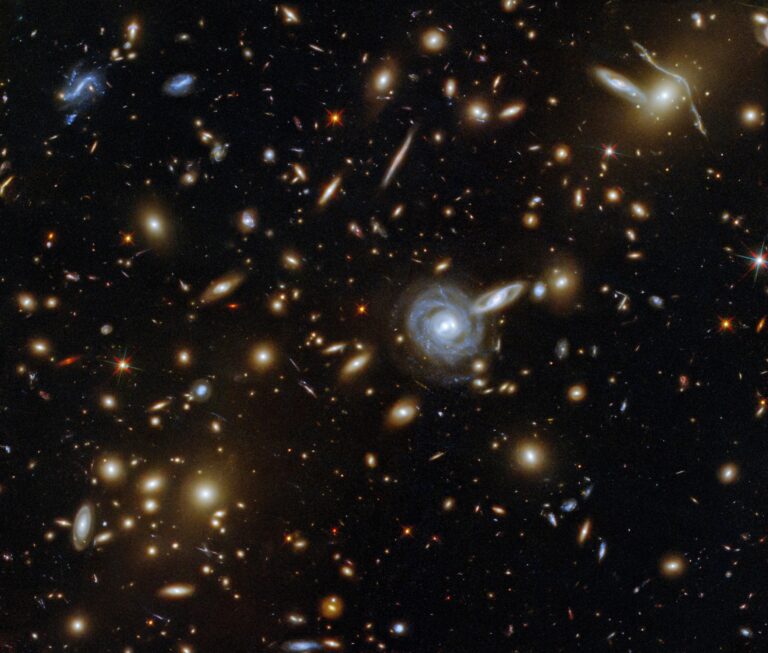Key Takeaways:
If you think about the Earth-Moon system, the first consideration is that the mass is about 20,000,000 times lighter than the black holes that LIGO observed. Without changing anything else, that translates into gravitational waves roughly a trillion times weaker than those LIGO observed.
More importantly, the Moon’s orbital period is 27 days; the period of the gravitational waves generated by its orbital motion around the Earth is 13.5 days. LIGO is only sensitive to gravitational waves with periods between about 0.02 seconds and 0.001 seconds. The gravitational waves from the Earth-Moon system would be well outside the range of periods LIGO can detect.
Research Associate Professor
CIERA, Northwestern University and Adler Planetarium










